1. Deep-Sea Anglerfish
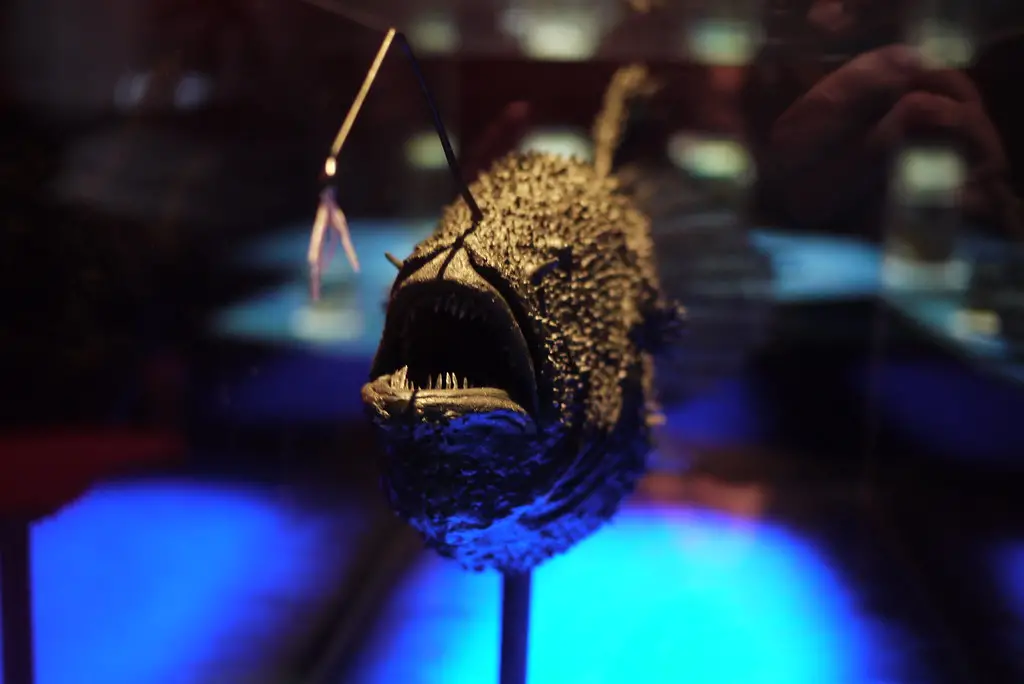
The deep-sea anglerfish is one of the most infamous creatures of the abyss, known for its eerie bioluminescent lure. This fish has a long, fleshy appendage that extends from its head, ending in a glowing bulb that it uses to attract prey in the pitch-black ocean depths. The light is produced by bacteria living inside the lure, which creates an irresistible beacon for curious fish and invertebrates. When prey gets too close, the anglerfish opens its large, terrifying mouth, revealing rows of needle-like teeth. Its grotesque, gaping maw allows it to swallow prey larger than itself. Anglerfish can also expand their stomachs to accommodate prey of different sizes. With its large mouth, tiny body, and eerie appearance, the anglerfish is the epitome of creepy deep-sea dwellers. Found at depths of over 3,000 feet, these creatures are rarely seen, adding to their mystique. Some species of anglerfish are also hermaphroditic, meaning they can be both male and female. According to YaleNews, their reproductive strategy involves the male anglerfish fusing with the female, remaining attached to her for life. The anglerfish remains one of the ocean’s most strange and terrifying creatures.
2. Vampire Squid
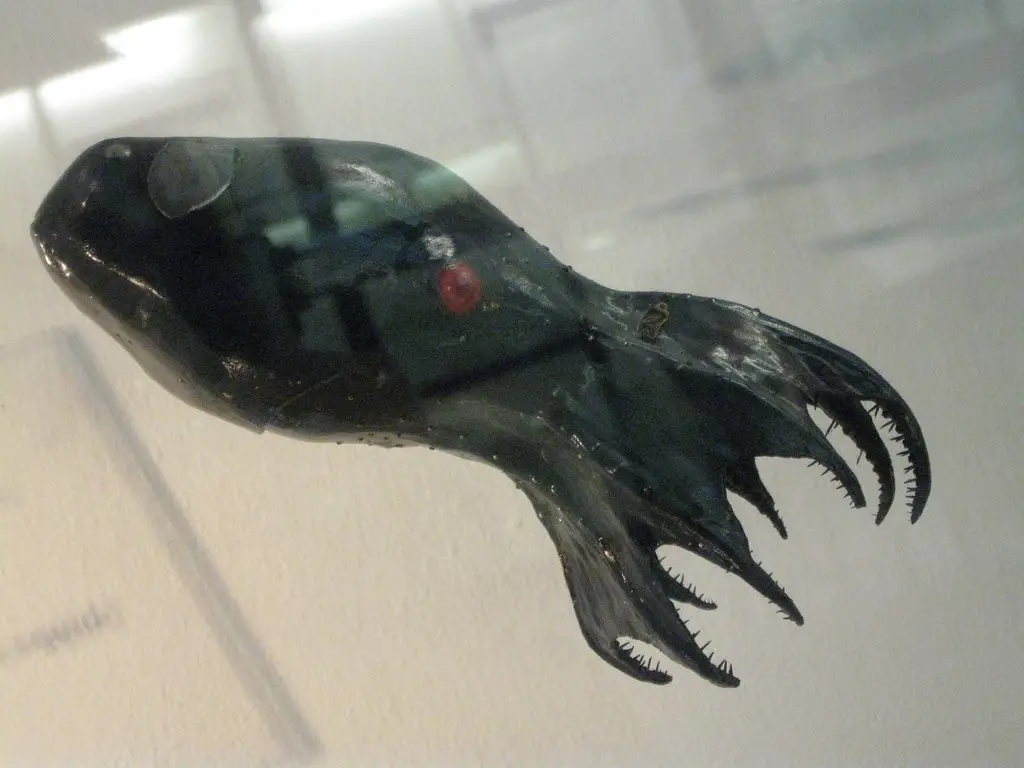
Despite its name, the vampire squid is neither a squid nor an octopus. This strange creature, scientifically known as Vampyroteuthis infernalis, has been described as a “living fossil” because of its ancient lineage, dating back over 300 million years. Its name comes from the creature’s deep red eyes and dark, cloak-like webbing that connects its arms, giving it a vampire-like appearance. However, despite its sinister look, the vampire squid is a scavenger, feeding on organic debris that sinks from the ocean’s surface rather than hunting living prey. It lives in an oxygen-deprived region of the ocean called the “twilight zone,” where the water is low in oxygen and light levels are minimal. This habitat has led the vampire squid to evolve special adaptations, such as a slow metabolism and the ability to withstand the harsh environment. According to Scientific Inquirer, when threatened, the squid can eject a bioluminescent cloud of light, confusing predators and allowing it to escape. Its diet primarily consists of detritus, plankton, and other organic matter, which it filters using two specialized appendages. Despite its eerie appearance, the vampire squid is relatively harmless, preferring to avoid conflict altogether. Its survival in the deep ocean’s low-oxygen zones makes it a fascinating subject for marine biologists studying the adaptations of life in extreme environments.
3. Goblin Shark
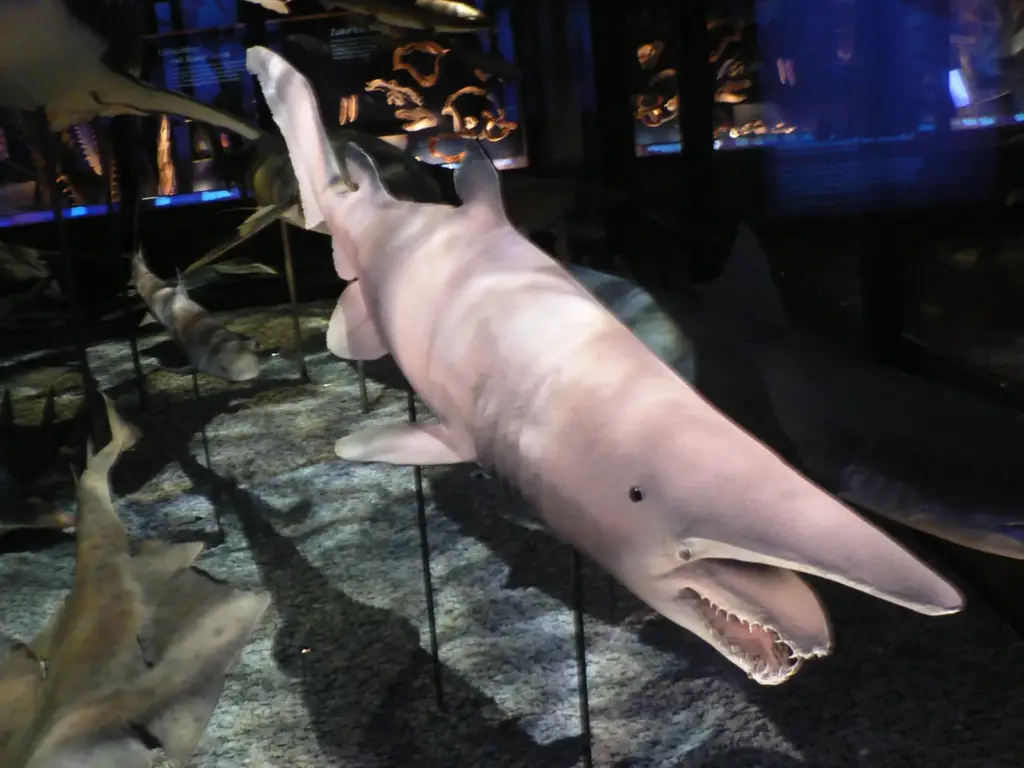
Known as the “living fossil,” the goblin shark is a rarely seen species of deep-sea shark that is both strange and unsettling in appearance. With a long, flat snout and a mouth that can extend outward, the goblin shark looks like something from another time, a relic of the dinosaur age. Its unique jaw mechanism, according to a study published in Scientific Reports, allows it to extend its mouth forward to grab prey, similar to how a spring-loaded trap snaps shut. This adaptation makes the goblin shark one of the ocean’s most efficient, albeit creepy, predators. The shark’s long, flattened snout is believed to help it detect electrical signals from its prey, which includes fish and invertebrates. Goblin sharks are typically found at depths of 100 meters or more, often in the dark and unexplored parts of the ocean. Their pale, almost translucent skin and bizarre features give them an otherworldly appearance that has earned them a place in the pantheon of creepy sea creatures. The goblin shark’s lifestyle is largely solitary, and very little is known about its reproductive habits, making it an enigma to scientists. This deep-sea shark’s eerie looks and elusive nature have sparked fascination among researchers who continue to study its behavior. Despite their unusual appearance, goblin sharks pose little threat to humans due to their remote habitat and relatively small size.
4. Dumbo Octopus
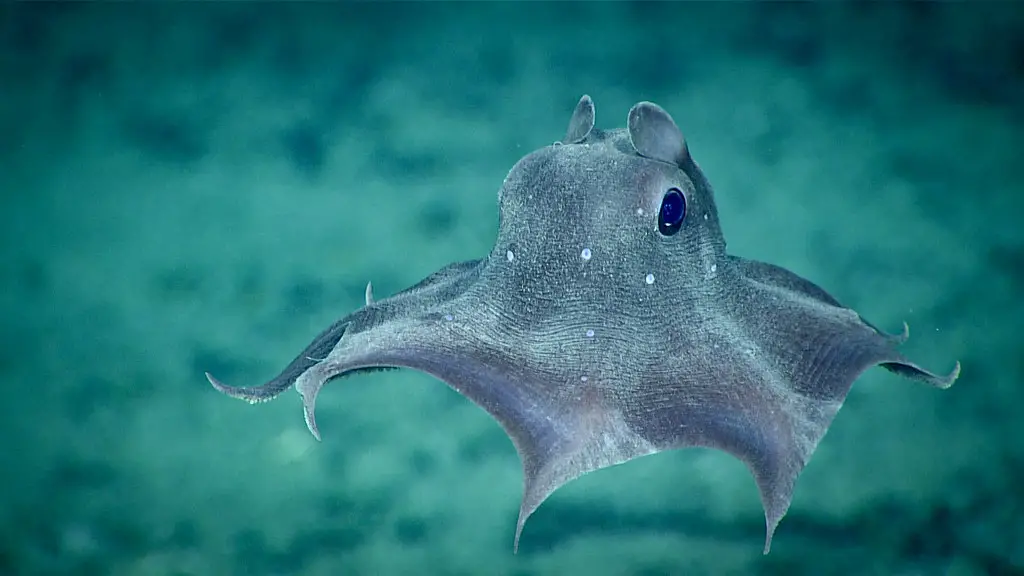
The Dumbo octopus, named for its ear-like fins resembling those of Disney’s Dumbo, is a charming yet eerie deep-sea creature. Found at depths of up to 7,000m, according to BBC, this octopus lives in some of the most remote regions of the ocean, where it faces extreme pressure and near-freezing temperatures. Unlike most octopuses, the Dumbo octopus does not swim by jet propulsion but instead flaps its ear-like fins to gently glide through the water. Its large, round eyes and soft, gelatinous body give it a somewhat cute, innocent appearance at first glance. However, in the darkness of the deep ocean, its bioluminescence and ghostly movements create an ethereal and unsettling image. The Dumbo octopus feeds on a diet of small crustaceans, worms, and other invertebrates, which it collects from the seafloor using its tentacles. Unlike other octopuses, the Dumbo octopus does not hide in crevices or burrows but rather stays in open water. Its soft, semi-translucent body allows it to blend into the surrounding environment, making it difficult for predators to detect. Despite its seemingly innocent appearance, the Dumbo octopus’s remote lifestyle and unique characteristics make it one of the ocean’s more unusual creatures.
5. Barracuda
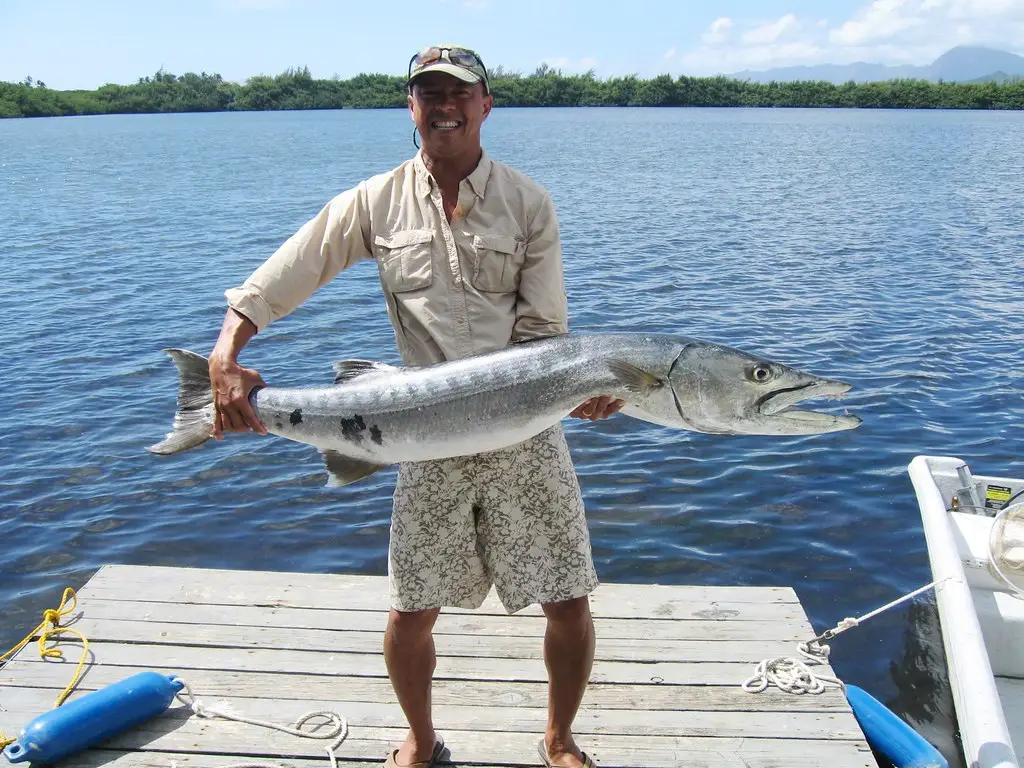
The barracuda is a predatory fish known for its speed, agility, and razor-sharp teeth. It has a long, torpedo-shaped body that allows it to swim at high speeds, ambushing prey with lightning-fast strikes. Barracudas are equipped with sharp, pointed teeth that are capable of tearing through the flesh of smaller fish with ease. These predators typically hunt in schools, relying on speed and surprise to capture their prey. Although they are not particularly large, barracudas are formidable hunters in the ocean and can be quite dangerous. Their aggressive behavior and predatory nature have earned them a reputation as one of the ocean’s more intimidating creatures. Despite their fierce nature, barracudas rarely pose a threat to humans, according to American Oceans, although they have been known to attack when provoked. Their sleek, silver bodies are often seen as a warning sign of danger in the waters they inhabit. Barracudas are found in both shallow and deep ocean environments, from coral reefs to the open sea. With their menacing appearance and predatory skills, barracudas remain a symbol of the raw power of nature lurking beneath the ocean’s surface.
6. Cookiecutter Shark
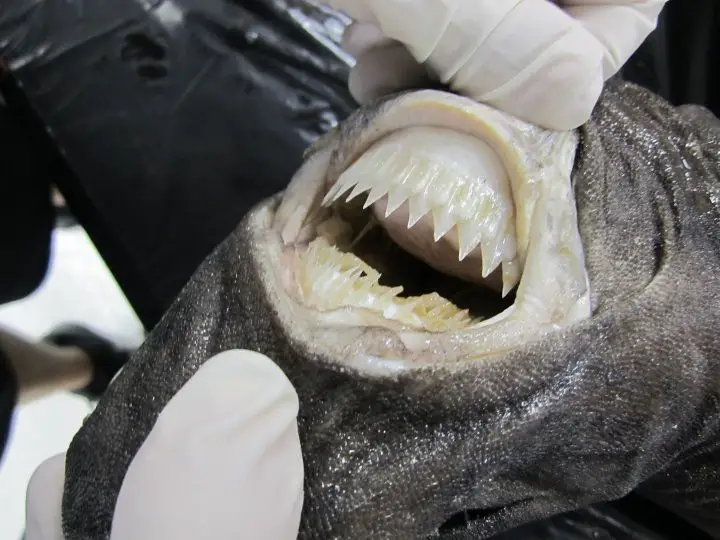
The cookiecutter shark is a small, yet terrifying predator known for its distinctive feeding behavior. It earns its name from the circular, cookie-like bites it leaves in its prey, which include larger fish, marine mammals, and even submarines. The shark’s mouth is capable of biting out chunks of flesh in a perfect round shape, making its feeding habits particularly unsettling. The cookiecutter shark is small, usually no more than 20 inches in length, but it has a disproportionately large mouth, which it uses to latch onto its prey. It feeds by attaching itself to larger animals and then using its sharp teeth to remove a plug of flesh. This feeding strategy allows the shark to survive by feeding on a wide variety of animals, from fish to whales. Cookiecutter sharks are typically found at depths between 300 and 3,000 feet, where they thrive in the dark waters of the open ocean. While they pose no threat to humans, their creepy feeding habits and unusual appearance have made them a subject of fascination for marine biologists. Their feeding behavior also raises questions about the survival strategies of smaller creatures in the ocean, as they can survive off bites alone, rather than consuming full meals. The cookiecutter shark’s unique diet and terrifying method of feeding make it one of the most disturbing creatures in the deep sea.
7. Hydromedusa
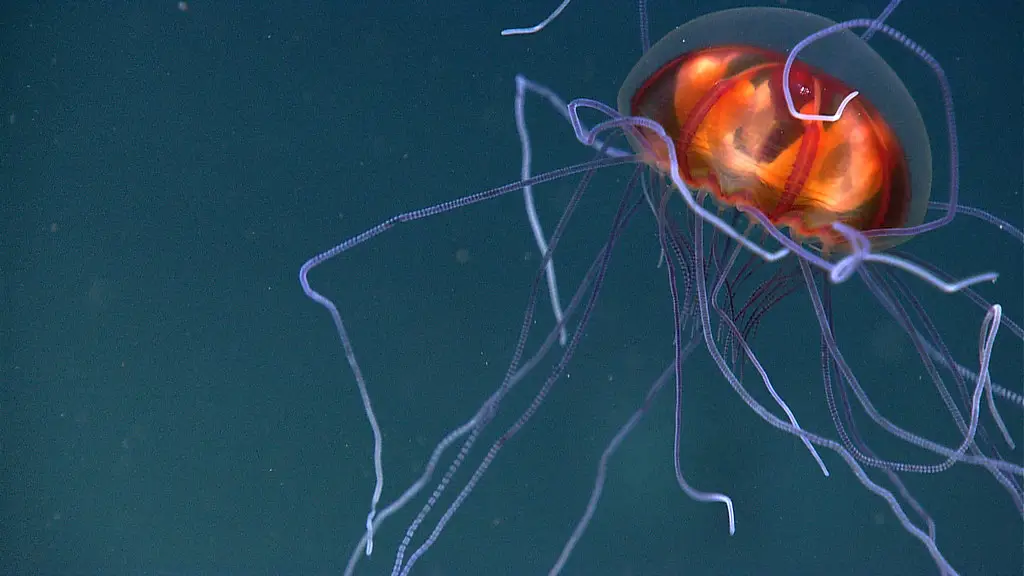
The hydromedusa, a type of jellyfish, is a creature that baffles scientists due to its remarkable ability to change its shape and size. This jellyfish has the ability to grow and shrink at will, adapting its form to the conditions of its environment. Some species of hydromedusae are bioluminescent, emitting eerie glows that light up the dark ocean. This bioluminescence can be used to attract prey or deter predators, creating an almost ghostly effect in the depths of the ocean. Unlike most jellyfish, hydromedusae are capable of regenerating body parts, which allows them to recover from injury or damage. This ability makes them particularly resilient in the harsh conditions of the deep ocean. Hydromedusae are found in both shallow and deep waters, although they are most commonly associated with the twilight zone, where the light from the sun barely reaches. They feed on plankton, tiny crustaceans, and other microscopic organisms, which they capture with their tentacles. Despite their fragile appearance, hydromedusae are incredibly hardy, capable of surviving in extreme environments. Their ability to change shape, emit light, and regenerate body parts makes them one of the ocean’s most fascinating and eerie creatures.
8. The Giant Squid
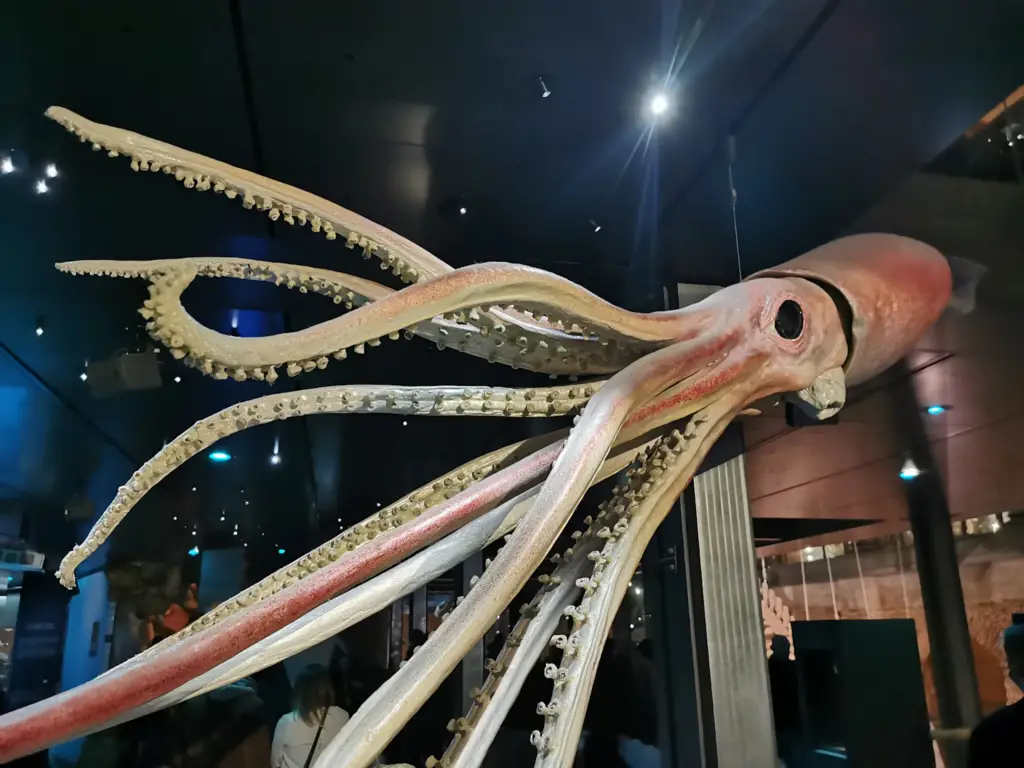
Once thought to be a mythical creature of sailors’ tales, the giant squid is very real and has become one of the ocean’s most iconic and mysterious creatures. The giant squid can grow to lengths of up to 40 feet, making it one of the largest invertebrates in the world. It has large, bulbous eyes the size of dinner plates, which help it detect prey in the dark depths of the ocean. Its long, powerful tentacles are equipped with suckers and hooks, allowing it to capture prey with incredible precision. Despite its size, the giant squid is elusive and difficult to study, as it lives in the deep ocean, far beyond the reach of most researchers. Scientists have only been able to observe these creatures in their natural habitat through rare encounters and research expeditions. The squid’s body is soft and gelatinous, enabling it to squeeze through tight spaces and evade predators. Its large, complex brain and sophisticated nervous system make it one of the most intelligent invertebrates in the ocean. The giant squid is thought to prey on fish, including deep-sea species, as well as smaller squid. While its encounters with humans are rare, the giant squid remains one of the most fascinating and enigmatic creatures of the deep.
9. Frilled Shark
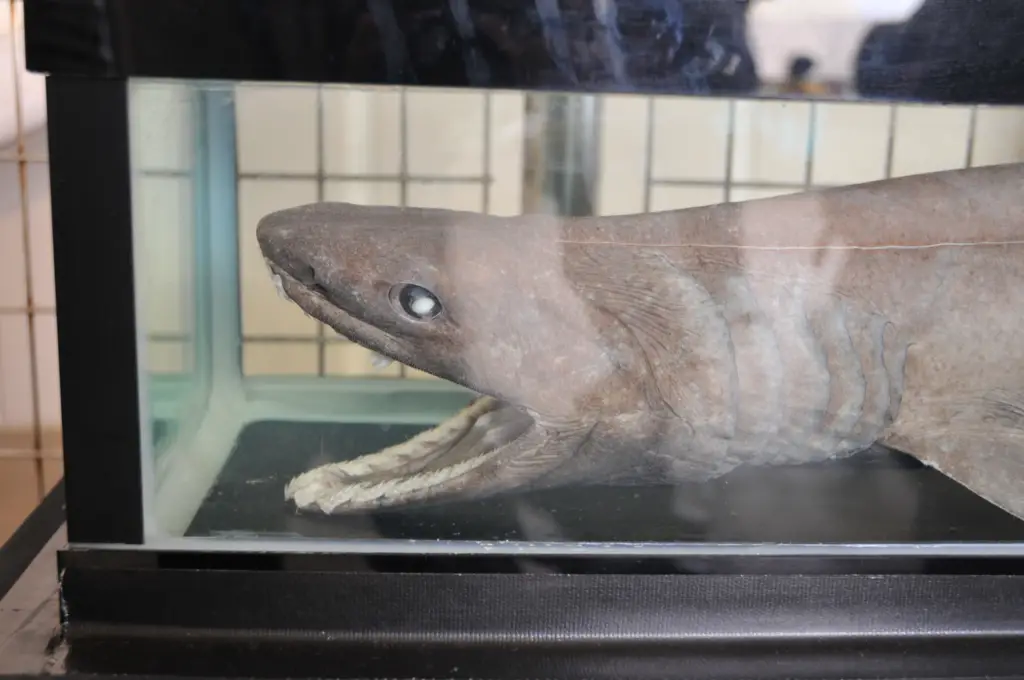
The frilled shark is another creature that seems to belong to another era, earning it the nickname “living fossil.” This shark’s elongated body and serpentine shape make it look like something from the time of the dinosaurs. With its rows of frilled gills and a mouth full of sharp teeth, the frilled shark’s appearance is both eerie and fascinating. It uses its flexible body to hunt for fish and squid in the deep waters where it resides, often lurking in caves and crevices. The frilled shark can move in an almost slithering fashion, making it look more like a snake than a typical shark. Despite its terrifying looks, the frilled shark is relatively small, usually no more than 6.5 feet long. Its primitive features, such as its spiral teeth and elongated body, suggest that it has remained unchanged for millions of years. The frilled shark’s diet consists of small fish, squid, and other marine animals, which it captures using its sharp teeth and rapid strikes. While it is not dangerous to humans, its ancient appearance and strange behavior make it one of the most bizarre and creepy creatures of the deep sea. Its solitary lifestyle and elusive nature make it a subject of intrigue for scientists studying marine life.
10. Black Dragonfish
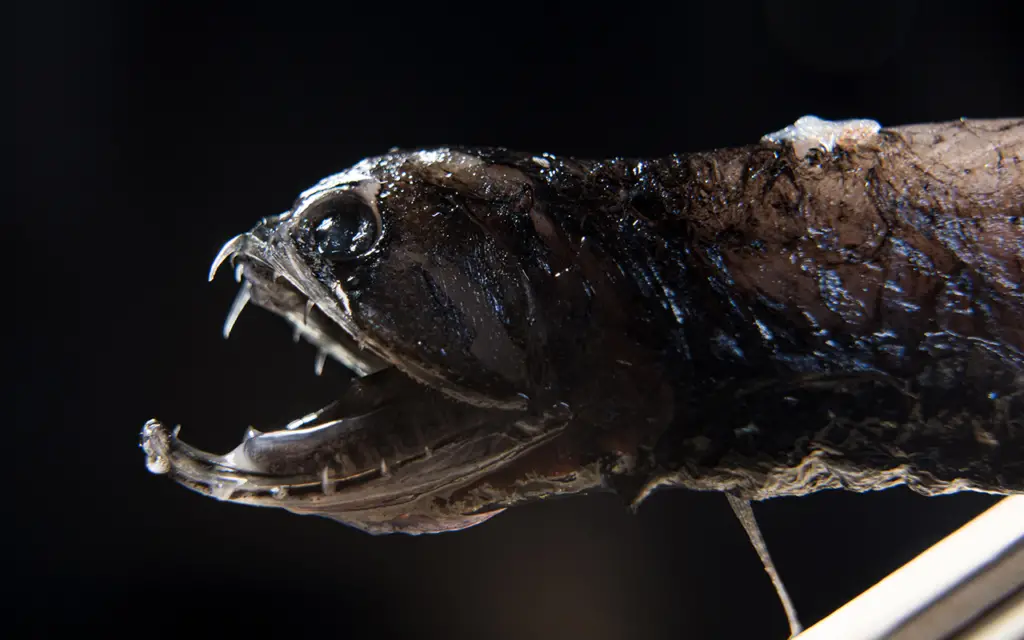
The black dragonfish is a deep-sea predator known for its dark, menacing appearance and bioluminescent capabilities. Its body is covered in black scales, which help it blend into the dark waters of the ocean, making it nearly invisible to both prey and predators. This fish has sharp, fang-like teeth that protrude from its lower jaw, giving it a frightening appearance. The black dragonfish also has a bioluminescent lure that hangs from its chin, which it uses to attract prey. The light emitted by this lure is so faint that it is barely visible, allowing the dragonfish to remain concealed while hunting. The black dragonfish uses its glowing lure to attract smaller fish and invertebrates, which it then captures with its sharp teeth. It lives in the deepest parts of the ocean, where the pressure is immense and the temperature is freezing. Despite its fearsome appearance, the black dragonfish is relatively small, usually no longer than 20 inches in length. Its ability to survive in the deep ocean and hunt using its bioluminescence makes it one of the most fascinating creatures of the abyss.
11. Yeti Crab
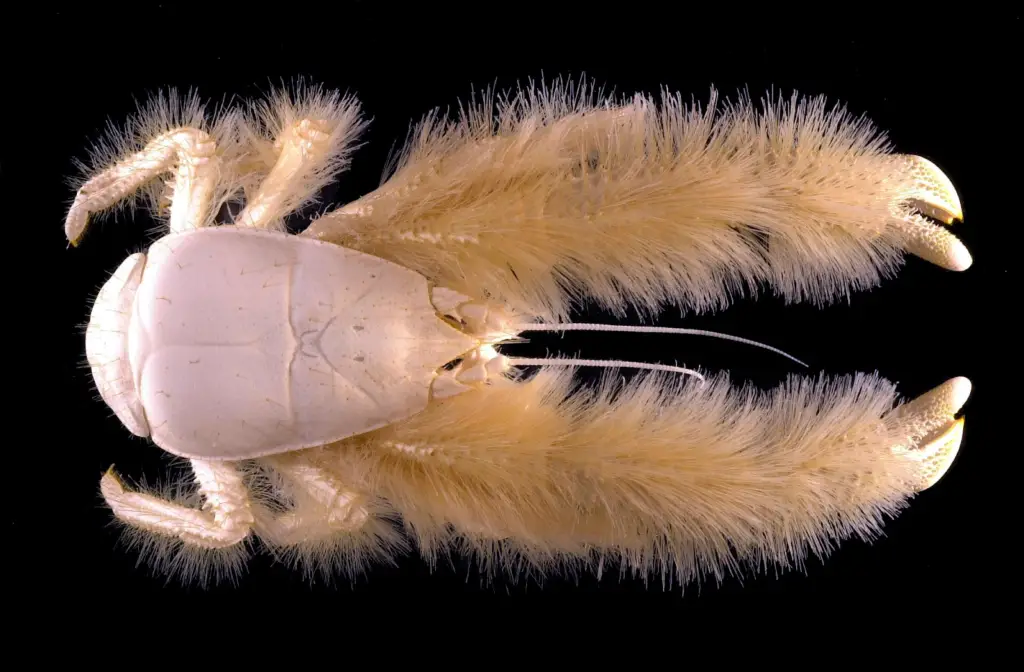
Discovered in 2005, the yeti crab is a truly bizarre creature found in the deep ocean near hydrothermal vents. Its most distinctive feature is its pincers, which are covered in hairy bristles that resemble fur, earning it the name “yeti.” These bristles are not merely for show; they are home to bacteria that the crab cultivates to detoxify the harsh chemicals in the environment. The bacteria help the yeti crab survive in the extreme conditions near the hydrothermal vents, where temperatures can exceed 700°F. The yeti crab uses its pincers to collect the bacteria and maintain the delicate ecosystem in its claws. These crabs are typically found at depths of over 7,000 feet, where the environment is harsh and almost devoid of light. The yeti crab is a scavenger, feeding on the organic material that drifts down from above and on the bacteria that live in its claws. Its ghostly appearance and strange relationship with bacteria make it a fascinating subject for scientists studying the relationships between organisms and their environments. The yeti crab’s adaptation to such an extreme habitat has made it a symbol of the extraordinary survival skills of deep-sea creatures.
12. Zombie Worm
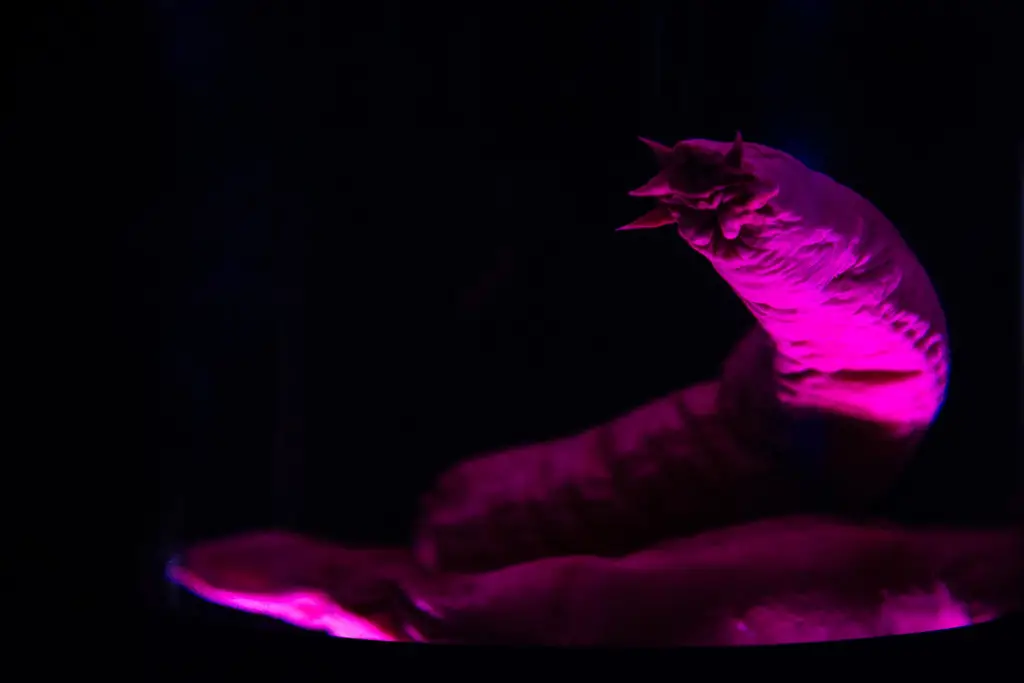
The zombie worm, or osedax, is one of the creepiest creatures to inhabit the ocean floor. These worms feed on the bones of dead marine animals, such as whales that have sunk to the bottom of the ocean. They secrete enzymes that break down the bones, allowing them to absorb the nutrients inside. This gruesome feeding method makes the zombie worm one of the most unusual creatures in the ocean. Unlike other organisms that rely on plants or small creatures for food, zombie worms depend entirely on the bones of dead animals. These worms are typically found on whale carcasses, which can remain on the ocean floor for years. The zombie worm’s ability to consume bone material has baffled scientists, as it requires special adaptations to break down such a tough substance. Despite its gruesome diet, the zombie worm plays an important role in the deep-sea ecosystem by recycling nutrients from dead animals back into the food web. Its creepy feeding habits and eerie appearance have earned it a place among the ocean’s most bizarre creatures.


